SOUTH PORTLAND — The West End neighborhood has been disregarded for decades.
Set on a hill west of Interstate 295, far from the city’s prime waterfront neighborhoods, South Portland’s West End is best known for the sprawling Redbank Village housing complex, built for families of World War II shipbuilders, and the Long Creek Youth Development Center, a correctional facility that dates to the 1850s.
The Maine Mall sprang up out of nearby farmland in the late 1960s and developed into one of the busiest shopping destinations in the state. More recently, additional low-income and market-rate apartment complexes, senior housing and condominiums have been built in the neighborhood, attracting immigrants and other newcomers who have helped make the West End the most diverse and dynamic area of the city.
Now, residents like Lilian Vitale say it’s time for city officials to pay attention to the neighborhood and its 3,000 residents – most of them renters – who make up about 12 percent of the city’s population of 25,300.
Vitale, a university-educated immigrant from South Sudan, and her husband, Ben Arthur, are raising three young children in the Brick Hill Townhouses. A proud, dual-income family, they like where they live and believe the city should care about their neighborhood, too.
“We feel the need to catch up with the other neighborhoods, to make it feel more a part of the community,” said Vitale, 35. “We need to make it look nicer because it is a gateway to the rest of the city. We don’t want people to get the impression that this is a cheap neighborhood.”
City officials are listening. The West End is ground zero for their response to a variety of demographic shifts, economic changes and development trends that are transforming South Portland’s western neighborhoods beyond Cash Corner – where Broadway crosses Route 1 – and near the Maine Mall.

From Main Street improvements that dressed up the Thornton Heights neighborhood, to zoning changes meant to promote residential development near the mall, city officials are trying to capitalize on the vibrancy and growth that are occurring in separate and distinct pockets on the west side of South Portland.
“It’s happening. Connections are being made. But we’re still islands,” said Merrie Allen, a community builder with The Opportunity Alliance who runs the West End Neighborhood Resource Hub in a trailer on Westbrook Street.
‘WORK NEEDS TO BE DONE’
For the West End in particular, the city has hired consultants at the Greater Portland Council of Governments to develop a master plan, due in August, that’s expected to call for zoning changes and infrastructure upgrades aimed at making the neighborhood more livable and walkable.
“Livable” and “walkable” are words often used to describe the city’s in-demand eastern neighborhoods, such as Knightville, Ferry Village, Willard Beach and Meetinghouse Hill. Joshua Reny, assistant city manager and economic development director, acknowledged that West End residents deserve to enjoy their neighborhood, too.
“That’s what a lot of people want,” Reny said. “Work needs to be done. South Portland is a city of neighborhoods and the city has a role to play in connecting the western neighborhoods as well.”
After surveying and meeting with West End residents and other stakeholders, the consultants have drafted a wish list for a wide array of road improvements, sidewalks, bike lanes, street lights, more and better-maintained recreation trails, and increased access to affordable housing, public transportation, retail services and other community amenities.
It will be months before the City Council implements the plan, but it’s already having an impact. This fall, the city is scheduled to repave Westbrook Street, the neighborhood’s patched and crumbling main thoroughfare. And the owner of the West End’s only variety store is working on a mixed-use housing and commercial development proposal on Westbrook Street that will be possible only if the council approves the pending zoning changes.
Whatever happens in the West End is likely to influence what the city does in other western neighborhoods, such as Thornton Heights, especially if demographics continue to change and more people move into the mall area.
“There’s a lot of residential development going on in that area,” said Stephanie Carver, planning director for the Greater Portland Council of Governments. “When you have people living there, it’s going to change the flavor of that neighborhood and create interesting opportunities for the city. It will be interesting to see what happens over the next decade. There definitely will be lots of changes.”
NUMEROUS SIGNS OF CHANGE
Shifting demographic, economic and development trends are apparent throughout the west side of the city.
At Memorial Middle School, which serves the west side, students speak 18 languages in addition to English. A multicultural celebration in May featured a student parade with flags from around the globe and concluded with a thundering performance by Burundian drummers. By the end of the event, the whole school was dancing on the gym floor.
“It was awesome,” said Megan Welter, Memorial’s principal for 13 years. “I’ve seen a huge change in our student body. It’s been a rich experience. Many of our students come from traditional American backgrounds, and the children of immigrants bring a vitality and a different perspective of the world.”
To help meet the need for rental housing in Greater Portland, Riverbrook Properties LLC is building 118 market-rate apartments in the West End neighborhood. And while malls across the country struggle or close – Bon-Ton announced plans to shutter its Maine Mall department store in August – Resort Lifestyle Communities of Lincoln, Nebraska, picked the mall area to address the growing demand for senior housing. It’s building a 128-unit luxury rental retirement community on Running Hill Road, beside the Maine Turnpike and near the Portland International Jetport.
In May, the City Council approved zoning changes that would allow two large residential housing developments to be built near the Maine Mall. One would be 260 market-rate apartments near The Home Depot, between Clark’s Pond Parkway and Interstate 295, and the other would be as many as 300 units at the Sable Oaks Golf Course off Cummings and Running Hill roads.
Thornton Heights, a residential neighborhood near Rigby Yard that attracted railroad workers in the 1900s, now includes lawyers, psychologists and other professionals who sought more affordable housing, among other things. The neighborhood demonstrated its growing clout last year when it defeated a proposal to build a propane gas depot at the rail yard that was heading for City Council approval.
The city also has spent $4.5 million over the last three years on infrastructure improvements in Thornton Heights, including sewer upgrades that targeted street flooding and basement backups, and a Main Street reconstruction project with wider sidewalks, safer pedestrian crossings, bicycle lanes, decorative lighting and landscaped medians.
TAPPING INTO DIVERSITY, VITALITY
The city is paying attention to its western neighborhoods because, in part, District 5 Councilor Brad Fox demanded it. Fox, who lives in the Brick Hill Townhouses, regularly rails against the disconnect between City Hall, near the waterfront in Knightville, and the hinterlands beyond Cash Corner.
“The mix of people here is incredible,” Fox said. “Somalia. Belarus. South Africa. You name it. I always say it’s like the United Nations.”
Despite the diversity, Fox said, the West End is surprisingly free of racial or ethnic tensions. That’s why it’s important to address the needs of the western neighborhoods now, before problems arise, he said.
Vitale, the immigrant from South Sudan, said most of her peers don’t want to resurrect the religious or political conflicts that forced them to flee their native countries.
“It’s one of the things that makes this neighborhood so safe,” Vitale said. “The reason that most of us left should not be a reason for problems here.”
Vitale, a former World Health Organization employee who works for the Women, Infants and Children Nutrition Program in Portland, supports many of the improvements that will likely become part of the West End Neighborhood Master Plan.
She’s also glad that the master planning process has prompted Quang Nguyen, owner of Le Variety at 586 Westbrook St., to try to develop his store property into a four-story apartment complex with commercial and community uses on the first floor.
“I would like it to include a library branch and study space so there is something to represent the importance of reading and education in this part of the city,” said Vitale, whose father was a teacher and an administrator in the Ministry of Education in South Sudan.
Nguyen, 28, of Portland, is a Vietnamese immigrant who became a U.S. citizen last year. He said he’s responding to residents who have asked for more retail and service providers along Westbrook Street, similar to those found in other neighborhoods with more village-like settings.
ESTABLISHING A MEETING SPACE
Opened in January 2016 and named for his maternal grandfather, Nguyen’s store is known for serving authentic banh mi sandwiches and other Asian fare. The new building would house a larger market, a coffee shop or cafe, office space for the Neighborhood Resource Hub and other community uses.
“It’s exciting because this is coming from the residents,” Nguyen said. “It’s something they have asked for. We want it to be a meeting place for the whole community. Since we opened last year, we already bring a lot of people together.”
In June, the City Council approved Nguyen’s application for an $86,000 mortgage at 5 percent interest from the city’s Housing Revolving Loan Fund. Nguyen plans to use the money to buy a small lot next to his store. He’s negotiating details of a mixed-use building proposal with Avesta Housing, which built and manages the Brick Hill and Osprey Circle properties in the West End.
Nguyen is counting on councilors to approve zoning changes in the master plan so he can move forward with the project. Reny, the assistant city manager and economic development director, is hopeful, too.
“It could be a catalyst for future development in the West End neighborhood,” Reny said. “People are starting to realize that it’s a really cool neighborhood. It has the potential to become one of the more trendy neighborhoods in the city.”
Kelley Bouchard can be contacted at:
kbouchard@pressherald.com
Send questions/comments to the editors.


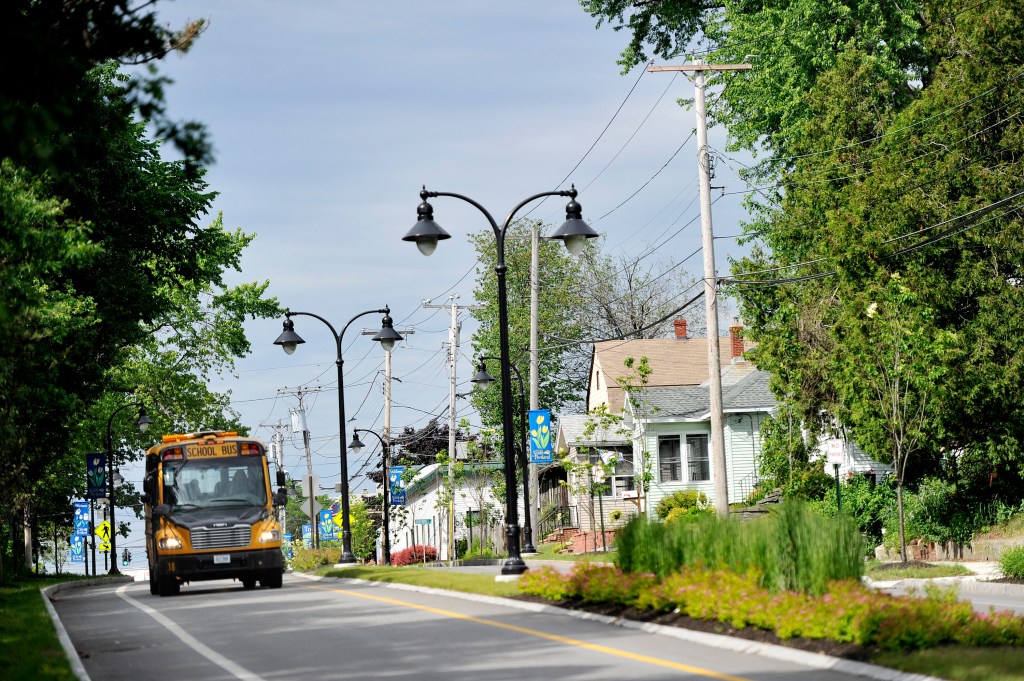
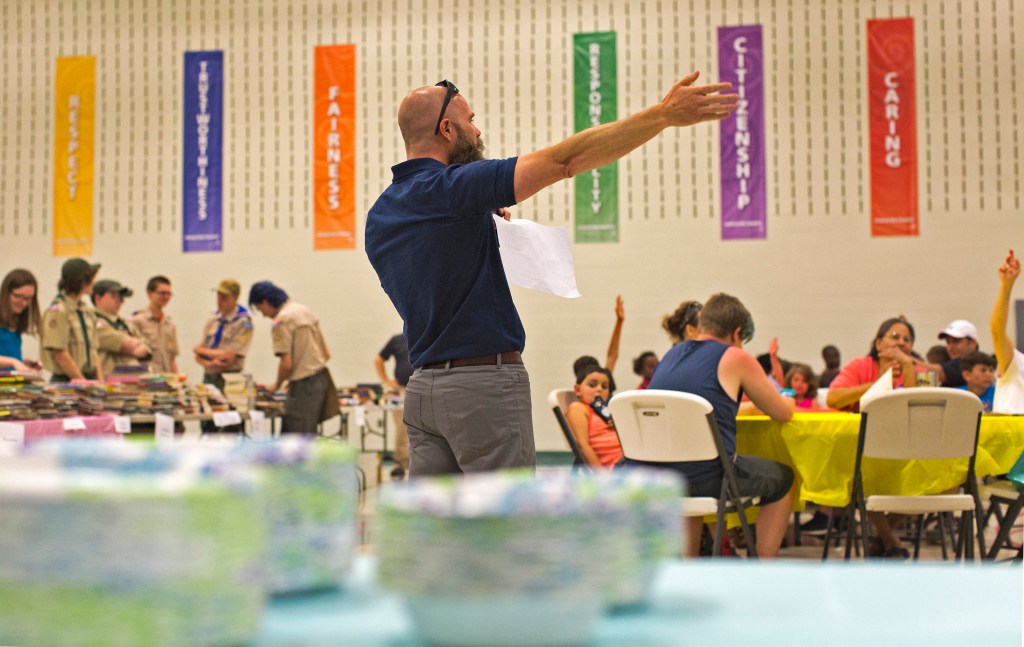
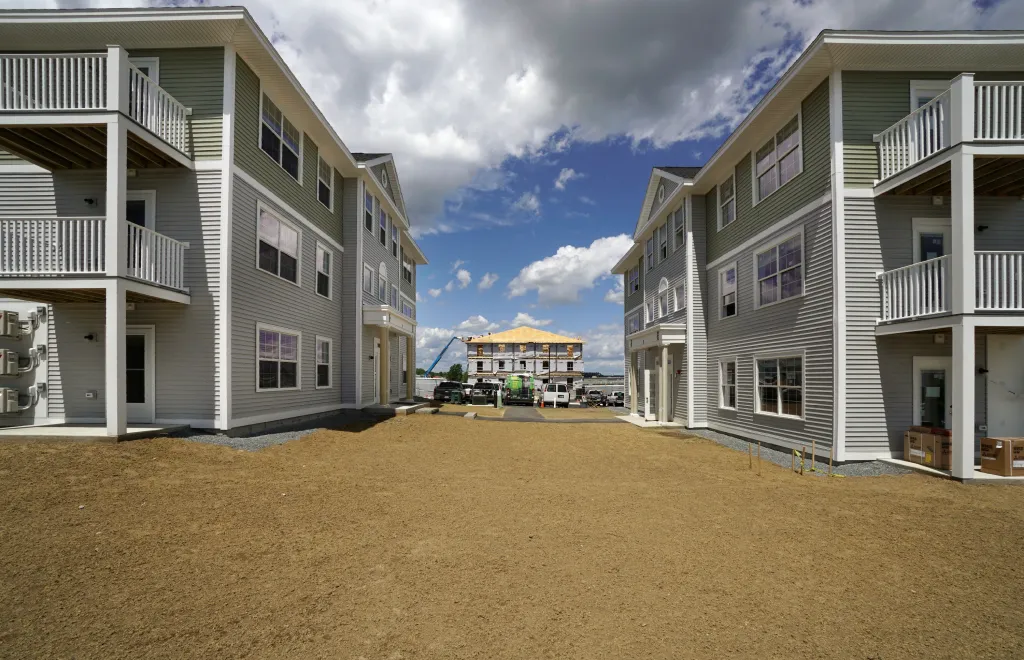
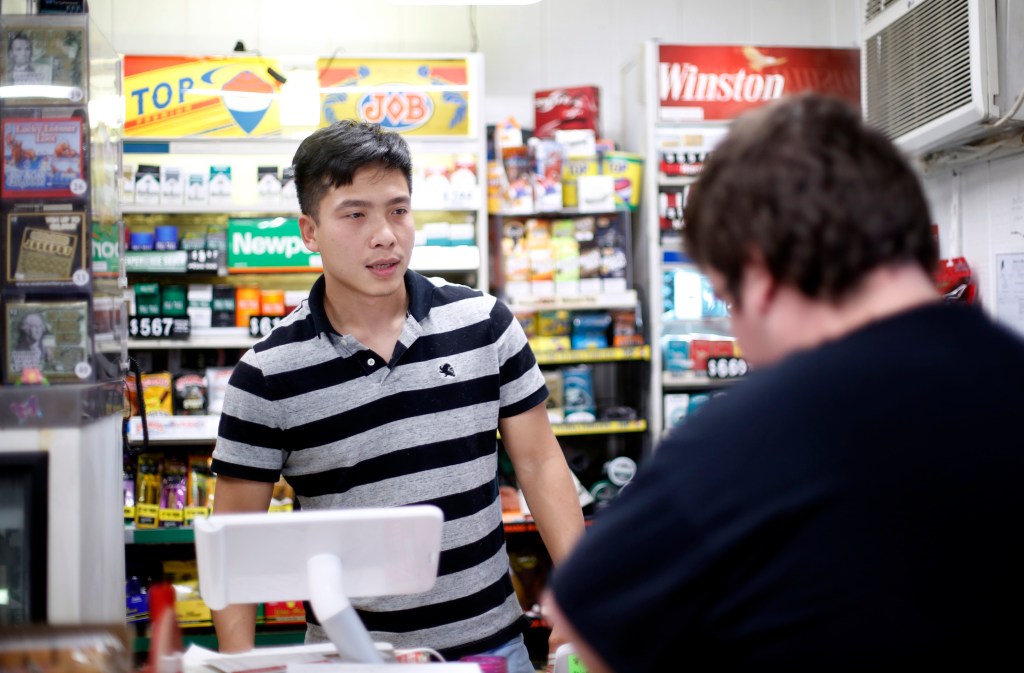




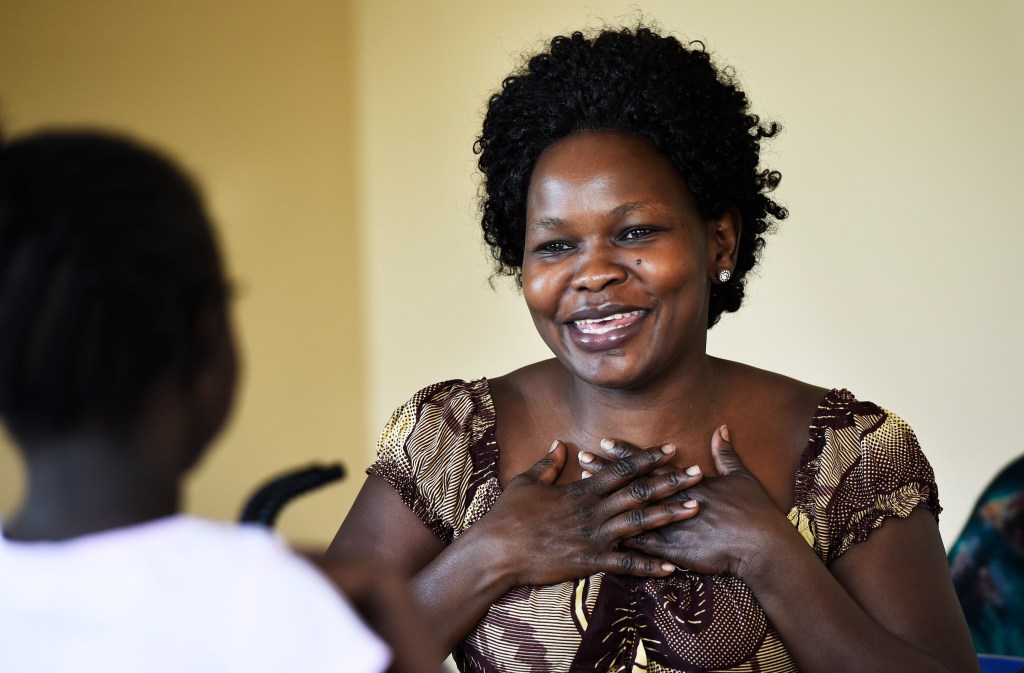
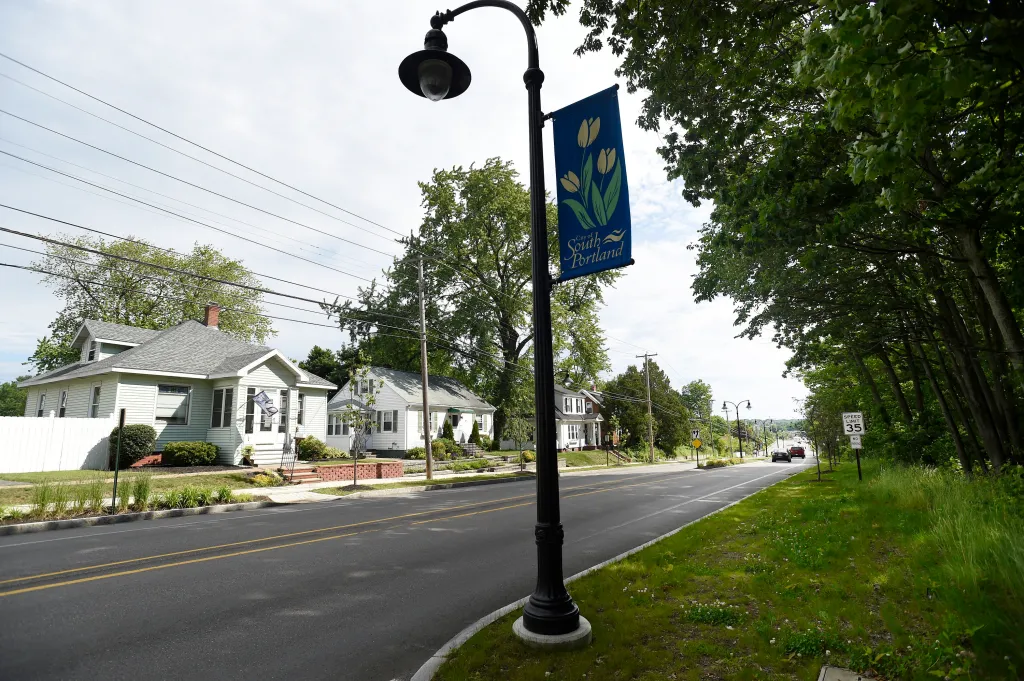

Success. Please wait for the page to reload. If the page does not reload within 5 seconds, please refresh the page.
Enter your email and password to access comments.
Hi, to comment on stories you must . This profile is in addition to your subscription and website login.
Already have a commenting profile? .
Invalid username/password.
Please check your email to confirm and complete your registration.
Only subscribers are eligible to post comments. Please subscribe or login first for digital access. Here’s why.
Use the form below to reset your password. When you've submitted your account email, we will send an email with a reset code.